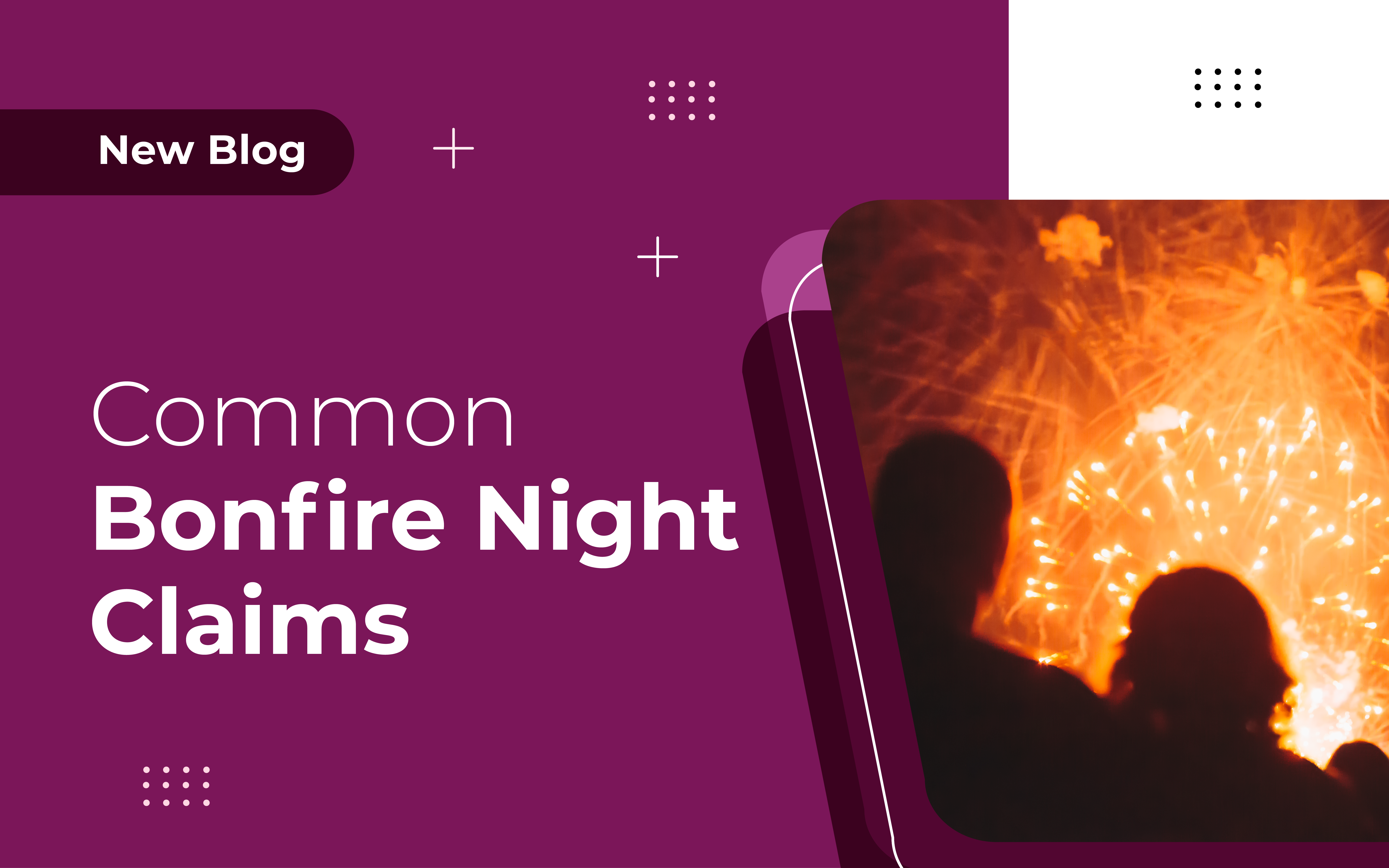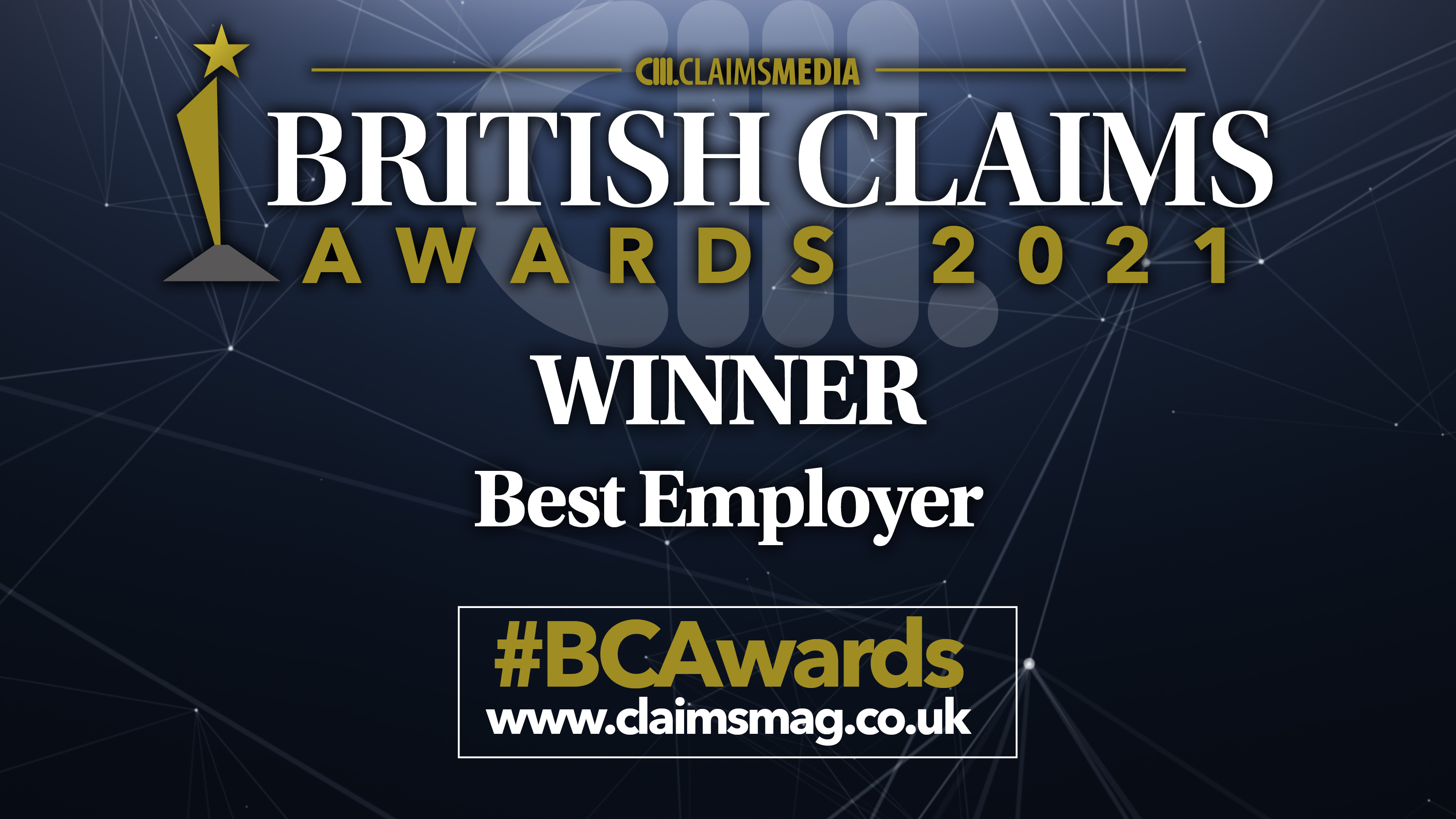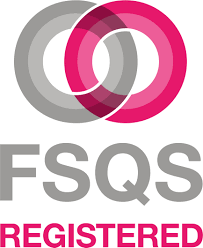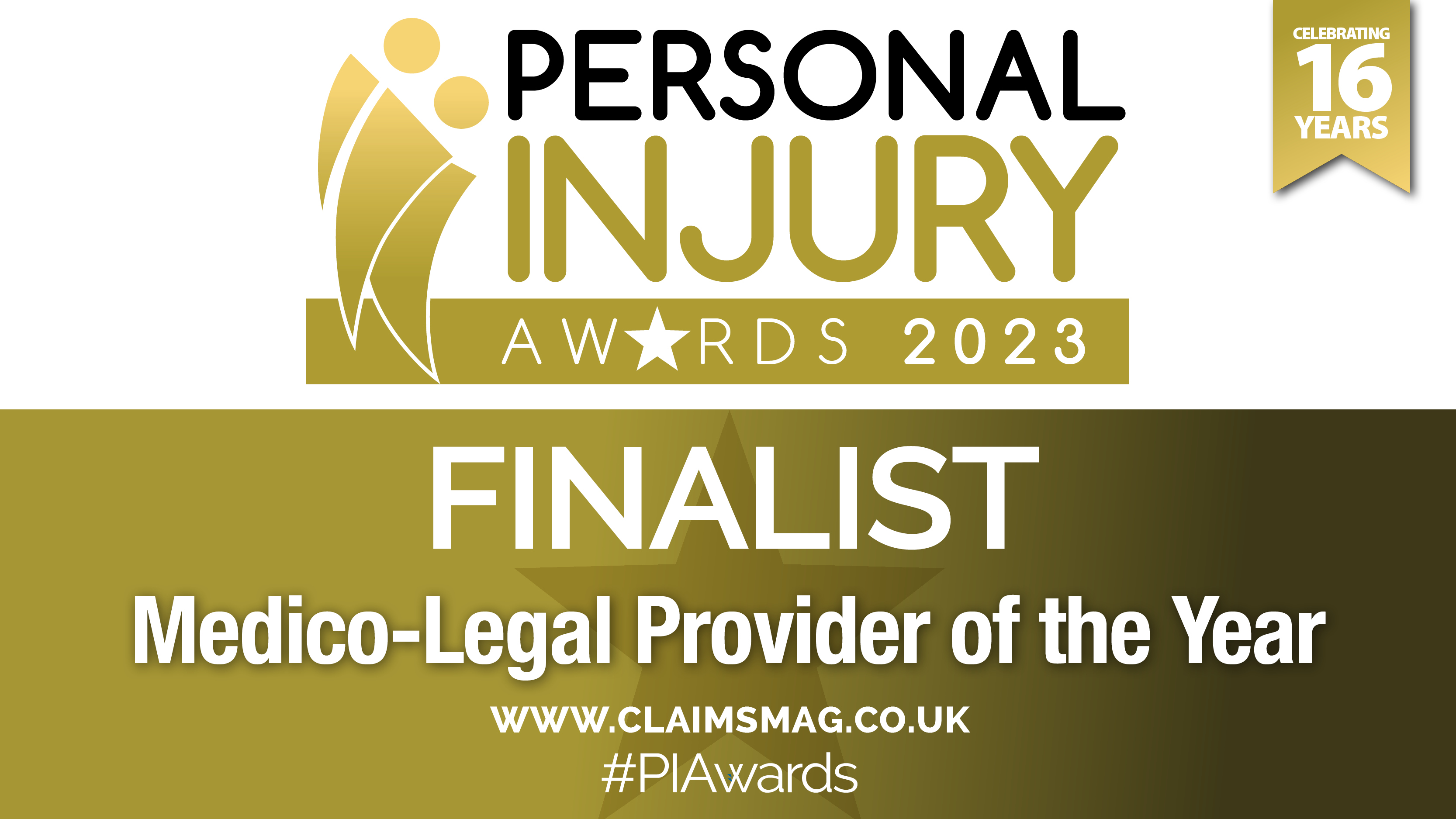
3 Nov 2025
Common Bonfire Night Claims
Every year as Bonfire Night approaches, towns and villages across the UK light up with fireworks, sparklers and community displays, but behind the celebrations lies a steady rise in accident and injury claims that often begin with a single moment’s inattention or a firework that doesn’t behave as expected.
For those working within personal injury and clinical negligence, November is a reminder of just how devastating burns, blast injuries and hearing loss can be, and how vital it is to obtain expert medical evidence that can clearly explain the extent of harm, prognosis and long-term implications for each claimant.
From minor burns that resolve with simple treatment, through to catastrophic injuries involving reconstructive surgery, nerve damage or psychological trauma, Bonfire Night claims can be complex, emotionally charged and medically intricate, which means selecting the right experts is absolutely essential.
So, what are the most common types of Bonfire Night claims seen by legal teams, and which medical experts are best placed to support them?
Burns and scalds
The majority of firework-related claims still centre around burns, whether from sparklers that reach temperatures exceeding 1,000°C, misfired rockets or exploding bonfires that ignite clothing and cause significant tissue damage.
These injuries can range from superficial first-degree burns to deep full-thickness wounds requiring surgical grafts, debridement and long-term rehabilitation, and in such cases, Consultant Plastic and Reconstructive Surgeons are often the key medical experts, as their assessments provide detailed insight into the depth, size and distribution of burns, the likely need for ongoing surgery, the risk of contracture or scarring and the psychological impact of visible disfigurement.
In one recent case handled by Quittance, a firework displays malfunctioned and ignited a claimant, causing severe burns to her face, chest and fingers. Months of treatments followed, including surgery, grafts and a long recovery, and expert reports detailed pain, sensitivity, scarring and ongoing care needs - all of which formed the foundation for calculating general and special damages.
And while the claimant in this case was an adult, children and young adults are especially vulnerable during bonfire night celebrations too, and if anything were to happen where cosmetic outcome were necessary, this can profoundly affect confidence and social wellbeing when growing up, meaning that this level of expert evidence remains invaluable.
Eye and facial injuries
When fireworks detonate unexpectedly or explode too close to bystanders, the results can be catastrophic for the eyes and face, and corneal abrasions, orbital fractures and loss of vision are sadly not uncommon.
These injuries often lead to Ophthalmology and Maxillofacial Surgery experts being instructed to provide comprehensive opinions. For example, an ophthalmologist’s role is to determine whether vision loss is partial or permanent, to assess scarring of the cornea or retina, and to comment on whether early intervention could have prevented deterioration. Meanwhile, a maxillofacial expert may evaluate fractures of the cheekbones, jaw or nose and advise on surgical correction or permanent disfigurement.
Real-world cases include claimants struck by debris from an unsteady rocket, where shrapnel-like fragments embedded into soft tissue, resulting in eye trauma and lasting vision impairment, and such incidents highlight how critical accurate medical reporting is, especially as the difference between temporary and lifelong loss of sight can alter case valuation dramatically.
Hearing loss and blast injuries
The sheer volume of fireworks, particularly large-scale display shells, can cause significant auditory damage, especially for workers or volunteers who were stationed close to launch sites without proper hearing protection.
Here, Ear, Nose and Throat (ENT) Consultants and Audiologists play a crucial role, assessing both temporary threshold shifts (short-term hearing loss) and permanent damage such as tinnitus or sensorineural hearing loss.
For example, an ENT expert might be instructed to confirm whether an individual’s hearing impairment is directly linked to noise exposure on the night, or aggravated by a pre-existing condition, and their findings can be decisive, particularly where multiple parties are involved, such as organisers, contractors and local authorities disputing liability.
Psychological trauma
It’s easy to underestimate the psychological aftermath of Bonfire Night accidents, yet post-traumatic stress and anxiety disorders are increasingly recognised within these claims, as victims can develop flashbacks, sleep disturbance and panic around loud noises or open flames.
Here, Consultant Psychiatrists and Clinical Psychologists are often engaged to assess the severity and likely duration of these conditions, whereby for example, a claimant may have witnessed a friend or family member being injured, or may have sustained visible burns themselves, leading to depression and social withdrawal.
At this point, the psychiatrist’s report would detail symptom patterns, treatment progress and prognosis, providing the court with an independent, clinically supported account of the psychological harm suffered.
Liability and causation challenges
One of the most difficult aspects of Bonfire Night litigation lies in establishing causation, which ultimately means determining whether the injury resulted from a defective product, improper supervision or simple misfortune.
This is where Experts in Accident and Emergency Medicine and Occupational Health can be vital, as they offer opinions on injury, timing of medical treatment and whether any delays contributed to worse outcomes.
In some instances, this may be when claims arise from faulty fireworks imported or those used contrary to manufacturer guidelines. In others, it may be a matter of poor crowd control or an inadequately extinguished bonfire. But whatever the scenario, the strength of the expert’s opinion often determines the viability of the claim.
How Speed Medical could support in Bonfire Night claims
With such a range of potential injuries and specialisms involved, managing expert selection and instruction can be a complex, time-consuming process.
At Speed Medical, we can help make all the difference, as we provide legal professionals with access to a nationwide panel of carefully vetted medical experts, each experienced in their field and fully conversant with medico-legal procedure.
Whether your case requires a plastic surgeon for reconstructive assessment, an ophthalmologist for eye trauma, or a psychologist to evaluate trauma-related anxiety, we ensure every instruction is matched precisely to the injury profile and case requirements.
In fact, our experts undergo rigorous compliance checks, including GMC registration verification, ongoing quality audits and performance reviews, so that every report meets the highest evidential standards, and we also coordinate appointments quickly, with nationwide coverage and remote consultation options, meaning claimants can be assessed efficiently and reports delivered on time.
But most importantly, our dedicated case management team oversees every stage to ensure clear communication, minimal delays and complete confidence that the evidence you present is robust, impartial and defensible.
To find out more, speak to our expert team today by visiting www.speedmedical.com, contacting our team via email at info@speedmedical.com or calling us directly on 0330 094 8749.




